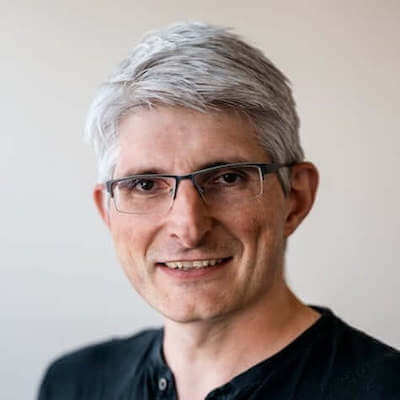In the life sciences, how do we find the next big thing? Drugs, therapies, vaccines, cultured meat, agritech, climate tech? Whatever it is, we can’t find it without a deeper understanding of biology.
The thing that drives our understanding is the biological experiment. But experiments have a problem: they’re slow to reveal new insights and those insights are often incredibly limited.
Experiments are slow because they’re hard to plan, hard to run in the lab, and hard to analyze afterward. They’re hard to reproduce and build upon, and hard to collaborate on. They give us limited insights because they’re often the result of manual, single-factor experimentation, ignoring the fundamental breadth and depth of complex biological interactions.
The problem is that experiments live in a thousand places, tied together inside the minds of scientists. All the complexity, context, meaning, objectives, and compromises are stuck in somebody’s head. Everything else gets scattered around the lab. There are designs in notebooks and word documents. Calculations on paper and spreadsheets. Device instructions in scripting software. Sample information in inventory systems. Data in databases. Sometimes even rough notes, written down and forgotten.
The bottom line? Today’s experiments can’t scale to help advance science at the pace we need them to. They're wasting scientific and organizational potential. If we want deeper, more valuable insights, something has to change.
Doing more of what we've done before won’t be the change we need. More people. More equipment. More lab software. All of it is expensive, time-consuming, and difficult to get on the same page. At best, it helps a little. At worst, it holds us back. We need a new approach: a way to improve experiments themselves.
The solution is a digital model experiments.
A digital model for experiments can be designed and planned with straightforward tools. We can work on it from anywhere in the world and automate it in any lab. They integrate with our equipment to run powerful multifactorial workflows, then gather data and metadata for analysis. They capture and connect the context and intent of each experiment, helping others better understand them. They're a powerhouse for collaboration, acting as a common resource for everyone who needs to understand an experiment that persists for all time.
At its core, a digital experiment model is a powerful, unified blueprint. For scientists, technicians, engineers, data scientists, bioinformaticians, and leadership, they're a shared way to conceive of and run experiments that we used to think were impossible.
The experiment of the future is reproducible, faster, more powerful, and it drives biology forward.
The experiment of the future is digital.
Markus Gershater, PhD
Markus is a co-founder of Synthace and one of the UK’s leading visionaries for how we, as a society, can do better biology. Originally establishing Synthace as a synthetic biology company, he was struck with the conviction that so much potential progress is held back by tedious, one-dimensional, error-prone, manual...


